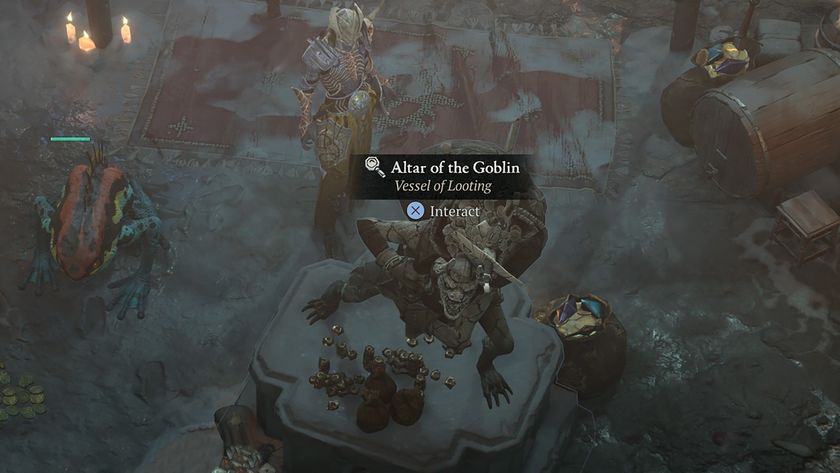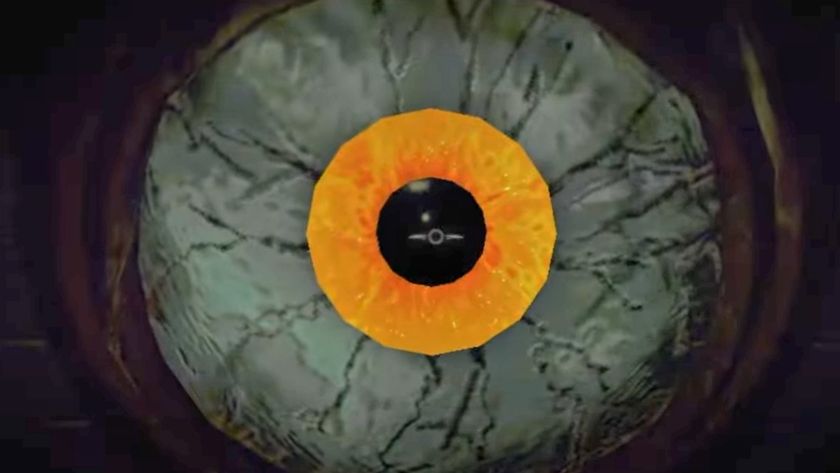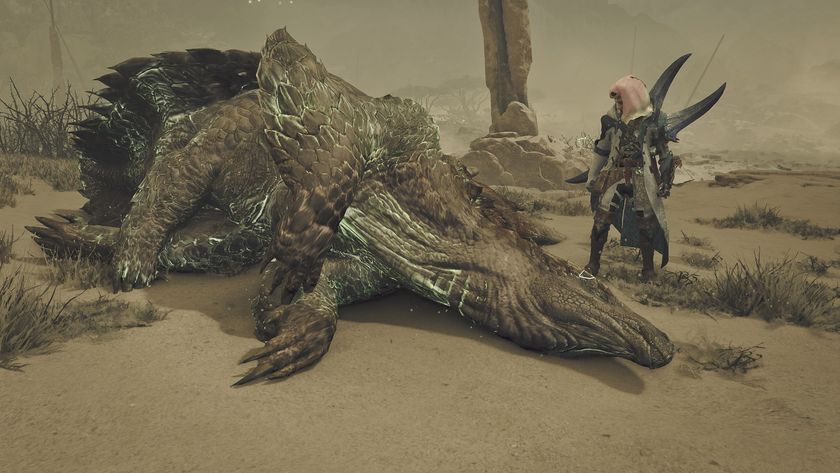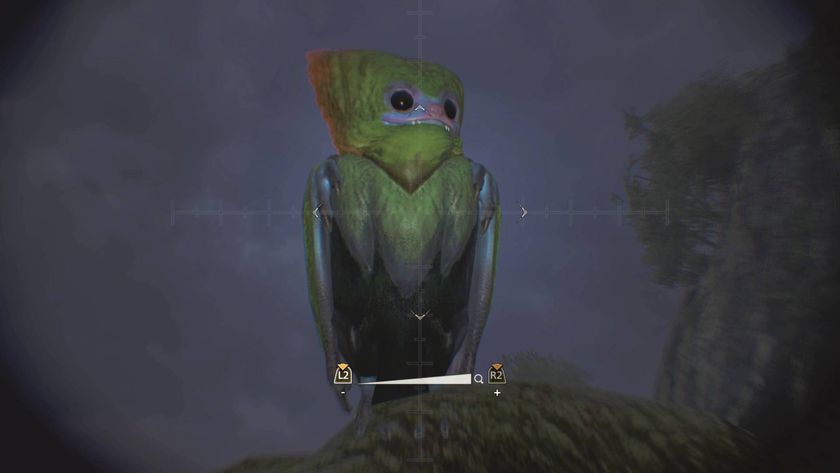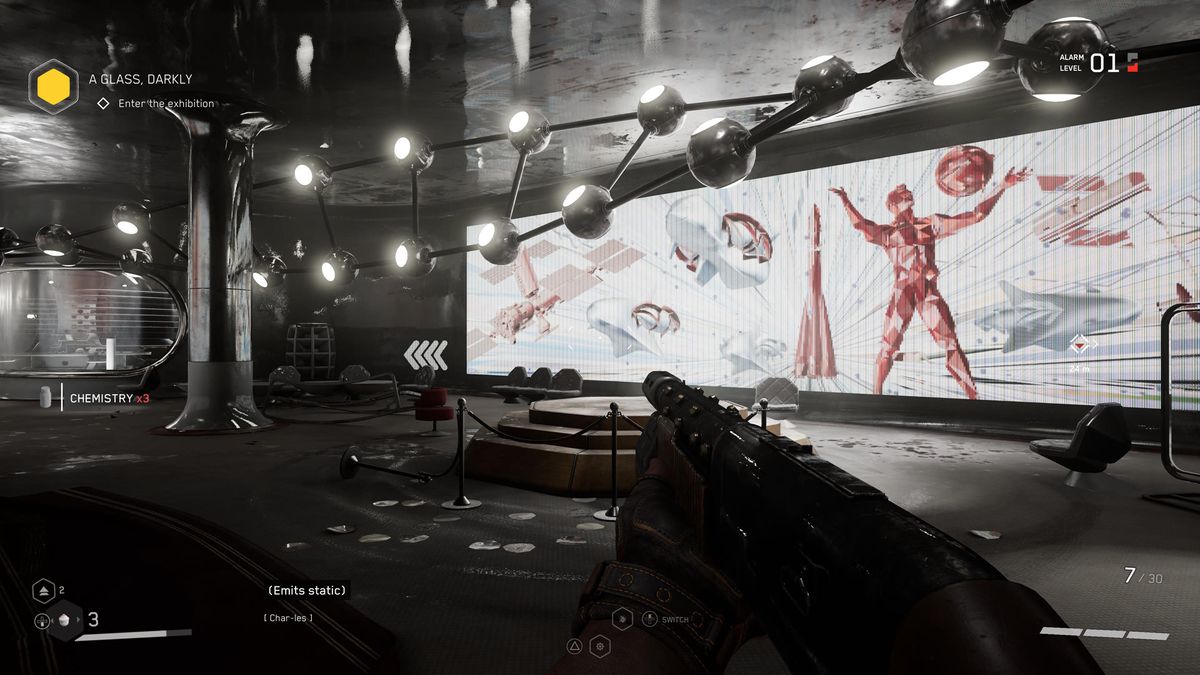
If you're here to better understand the Atomic Heart ending, let's just utter a collective "woah" first. It's pretty huge, and even though there are technically two different endings, it's all essentially leading to one place. One very strange place. We've attempted to distil all of that madness into one Atomic Heart ending explainer, so let's dive in, shall we?
If you've blitzed through the main story and want to know how much more time you can spend wrapping up side activities, check out our guide on how long it takes to beat Atomic Heart.
What is the Atomic Heart Project?
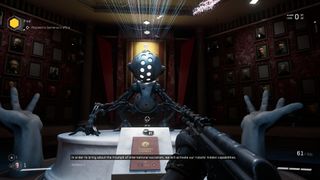
You spend most of your time through Atomic Heart fighting to fix a malfunction within the robotic labor force that has unwittingly activated a combat mode – mistakenly designating all regular citizens of Facility 3826 as enemy combatants. However, it's revealed that combat mode isn't a bug, it's a feature - something that was built into the machines from the beginning. Why would helpful androids be programmed to kill, you might ask? Well, that's where the Atomic Heart Project comes in.
The Atomic Heart Project was approved by the Secret Congress of the CPSU Central Committee sometime in 1951, with its goal being the suppression of the United States of America, Western Europe, and East Asia. The USSR would achieve this by abolishing capitalism, establishing communism as the norm, and changing the political regime – replacing it with social and moral ideas which are consistent with the beliefs of the average Soviet citizen.
It turns out that the Soviet Union has been distributing its (seemingly helpful) androids to other countries for years, all for free, which has led to them being positioned across a host of strategic and military facilities. So with the robots already in place, the USSR only needs to activate combat mode to seize control of these important targets, including the shutdown of nuclear power plants – which the Russians believe would be the "effective deactivation of the atomic heart of America."
With the US government without power, they would eventually acquiesce control of the country and society to "the people" which would then allow the Soviet Union to "bring about the triumph of international socialism." And the reason you're on such a timeline all throughout Atomic Heart, that's because the Atomic Heart Project will only be activated as soon as every citizen of the USSR has been fully polymerized, putting the population on the 'Kollektive' central neural network – you know, mind control.
What is the 'Kollektive' network?
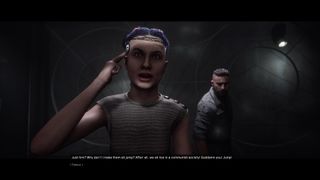
Okay, I'll be honest, this is one of those parts of Atomic Heart that is difficult to follow in the moment, but here goes. The first iteration of 'Kollektive' is what linked all of the androids to a central network, allowing them to be more efficient in their work of assisting humanity. The Kollektive 2.0 network, which is set to launch within a few days of the beginning of the game, would see humans who have been given a Neuro-Polymer injection – so, all of USSR society – connect to a single neural network. This would, in theory, give people more direct control over the androids to better serve humanity, and it would also allow for more democratic processes and faster decision-making.
Naturally, all of that is a front, and the Kollektive network is actually a way for the Soviet Government to control all of society – with a secret Alpha Connector and two magic Gold Rings helping to keep the people who hold them free of the network's influence. Because if you don't have either of these tools, once you're given the Neuro-Polymer injection and made a part of the Kollektive network, there is no way out – whoever is in control of the network is able to send all connected humans into a hallucinatory 'Limbo' state and take control of their minds and bodies.
What happened to P-3?
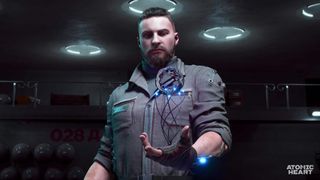
I'll be honest, I spent most of the game expecting Agent P-3 to be an android – you know, one with an atomic heart. It turns out I was completely wrong. Something that comes up time and time again is why Major Sergey Necheyev can't access his memories, and how he can survive so many brushes with death – the reason for that is a previous near-death experience. P-3, we learn, suffered a severe brain injury following an explosion in Bulgaria prior to the events of the game. He has steel prostheses all throughout his body, which is why he can take so much punishment.
The key here is that, while doctors worked to repair an increasingly violet Agent P-3, he was given a Voskhod implant that allows his consciousness to be transported into an imaginary Limbo world – a surreal, psychedelic reality that prevented him from accepting the consequences of his actions. As it should happen, it was P-3's access to this Limbo state which proved to the masterminds of Facility 3826 that the Kollektive network was even possible. The work they did with P-3 – he can still, as luck should have it, be switching into a 'combat mode' himself on command – allowed the scientists to develop the much larger Kollektive 2.0 network.
As for the ballerina twins who protect Sechenov, Left and Right, they are also spiritually connected to P-3. He wasn't the only person injured in the terrorist attack in Bulgaria – so was his wife! Ekaterina was a part of the elite Argentum unit, and while she could not be saved from her injuries, a decision was made to mimic her proficiencies in both dance and martial arts and transfer them into two advanced androids.
Does Atomic Heart have multiple endings?
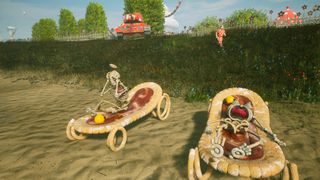
Yes, Atomic Heart does have multiple endings. After discovering the truth about P-3's past and getting information on the truth behind Kollektive, you encounter a branching path. You can choose to decide that you've had enough of all the games and walk away from the fight entirely, or suit up and confront Sechenov. Naturally, one of these endings is better than the other, but we'll describe both for you below.
Atomic Heart good ending
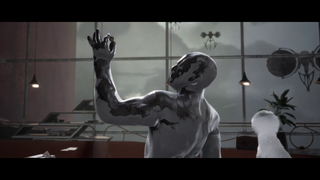
Should you decide to take on Sechenov, Atomic Heart will take you back to where it all began. You'll enter the complex where you first met The Twins, only now you'll need to fight your way through them. When P-3 is able to eventually confront Sechenov, he is betrayed by Charles – the talking glove who is actually the consciousness on Sechenov's former best friend and partner in the Atomic Heart Project (Professor Chariton Zakharov), and one of the principal architects of the Polymer process.
With P-3 incapacitated, the Neuropolymer containing Charles' personality seeps out of the glove and makes it clear that he has been manipulating you from the beginning – he's been slowly turning you against Sechenov, and is the one responsible for activating your 'combat mode' and sending you into limbo throughout the game. Charles' lifelong disdain for humanity has driven him to seek out a new form of evolution – this is monologued to you as Sechenov also lay dying of a gunshot wound. Charles makes it clear that his intention from the outset was to make P-3 distrust Sechenov, and to clear the way for the AI to take on its ultimate form.
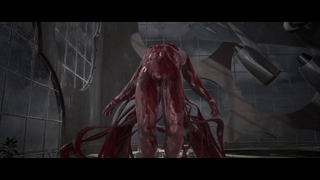
Charles crawls into a bathtub of Red Polymer which absorbs him, creating a jelly man who is part AI consciousness and part Polymer. Charles' consciousness, now able to walk around in a Polymer body of its own, snaps Sechenov's neck and absorbs his body. Charles continues his monologue, explaining that Polymer is capable of more than humanity will ever understand, inferring that he will work with the androids to create a new future and control any humans connected to the Kollektive network. He then picks up the thought device on Sechenov's desk, which would have allowed the scientist to bypass the negative effects of the Kollektive network, and breaks it, meaning that there is no hope for anybody with a Neuro-Polymer injection.
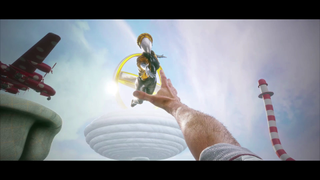
Charles then slinks away, and we see P-3 back in Limbo. While there, we see one of the Twins (Right) reach out to P-3. This ending infers that P-3 like the rest of the people connected to the Kollektive network have now been traped in Limbo, and are therefore unable to control their actions in the real world. But at least P-3 is able to reunite with an android who contains the personality of his deceased wife, right? We're then treated to a small powerpoint presentation which dictates that there is a force who is free of the Kollektive network and is aware of what transpired at Facility 3826, although the location of Red Polymer Charles is unknown.
Atomic Heart bad ending
I'm calling this the 'bad ending' simply because it is objectively worse than the 'good ending' that I outlined above. When you're given the option of walking away from the fight against Sechenov while hanging out with Granny Zina, this will basically roll to credits and avoid another few hours of exposition and boss battles. P-3 will rip the glove apart and the narration will explain that the Major was last seen wandering into the countryside. It's still inferred that the consciousness of Charles survives the glove being torn apart, and takes other steps to complete the events of the 'good' ending without you.
Sign up to the 12DOVE Newsletter
Weekly digests, tales from the communities you love, and more

Josh West is the Editor-in-Chief of 12DOVE. He has over 15 years experience in online and print journalism, and holds a BA (Hons) in Journalism and Feature Writing. Prior to starting his current position, Josh has served as GR+'s Features Editor and Deputy Editor of games™ magazine, and has freelanced for numerous publications including 3D Artist, Edge magazine, iCreate, Metal Hammer, Play, Retro Gamer, and SFX. Additionally, he has appeared on the BBC and ITV to provide expert comment, written for Scholastic books, edited a book for Hachette, and worked as the Assistant Producer of the Future Games Show. In his spare time, Josh likes to play bass guitar and video games. Years ago, he was in a few movies and TV shows that you've definitely seen but will never be able to spot him in.
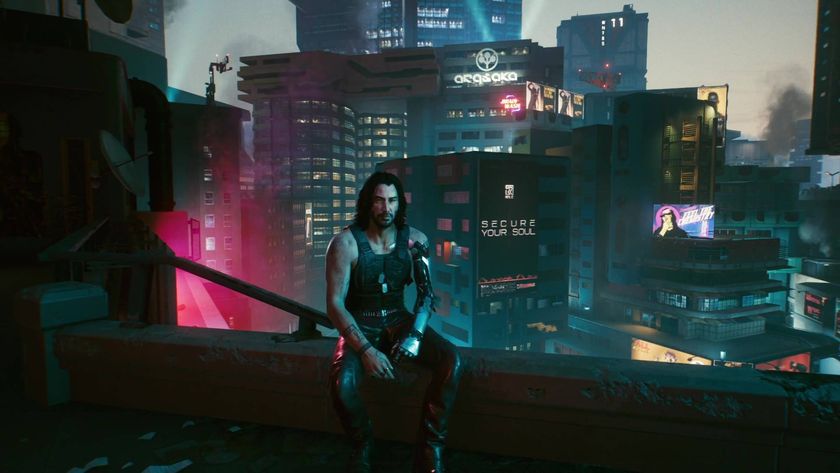
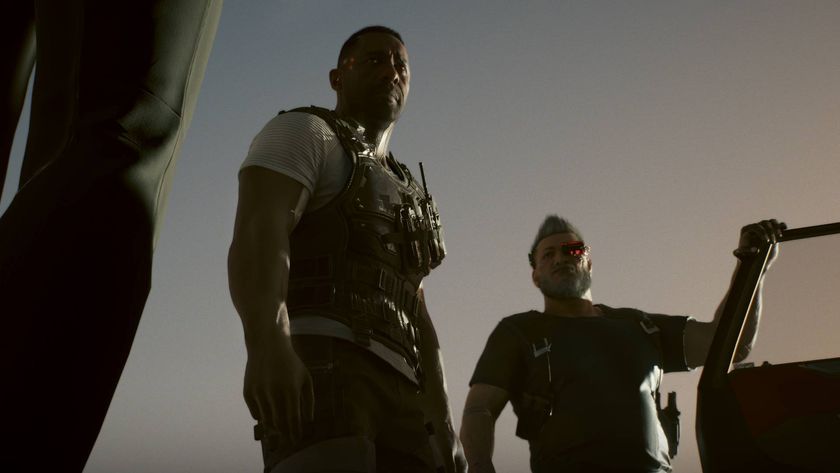
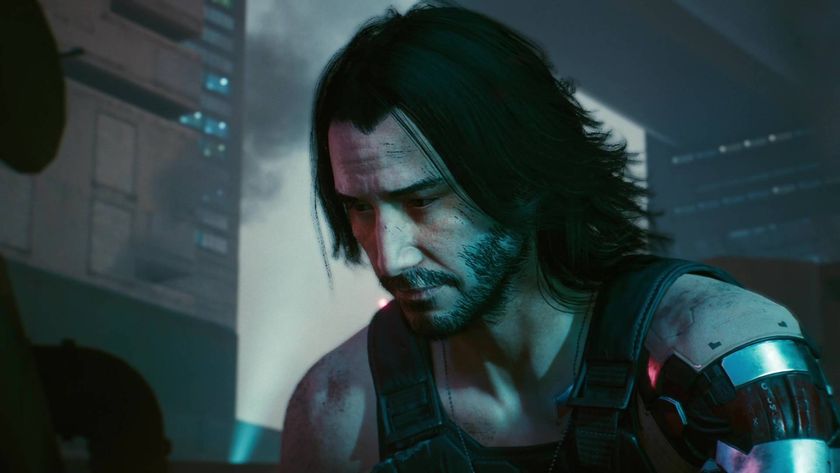
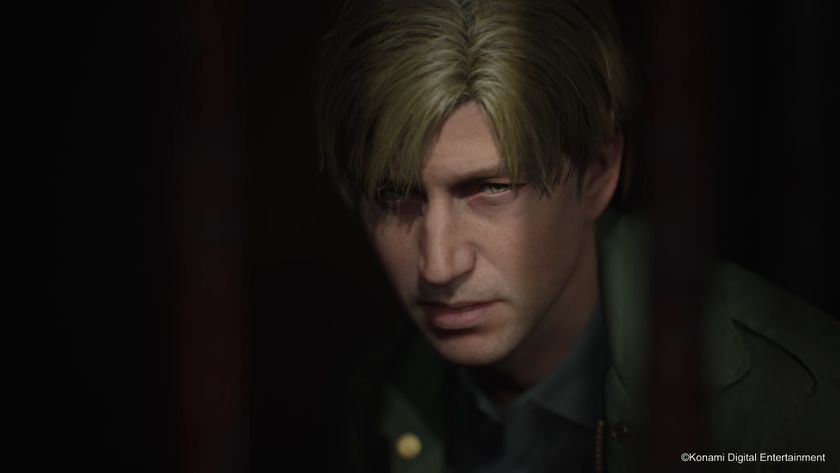
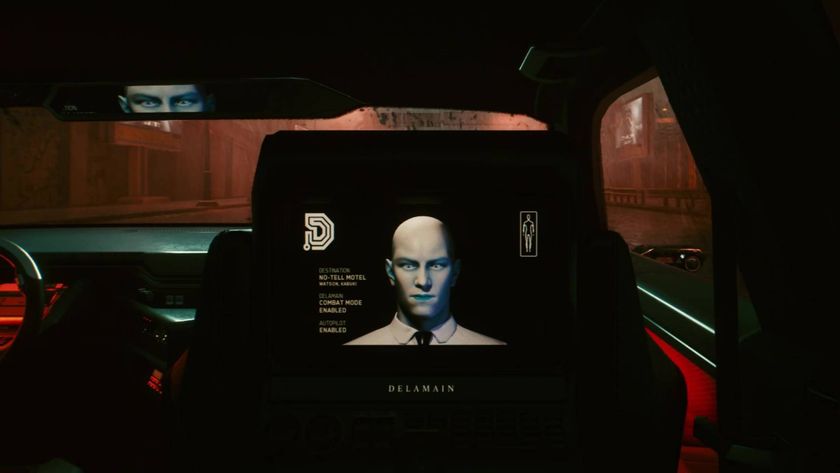
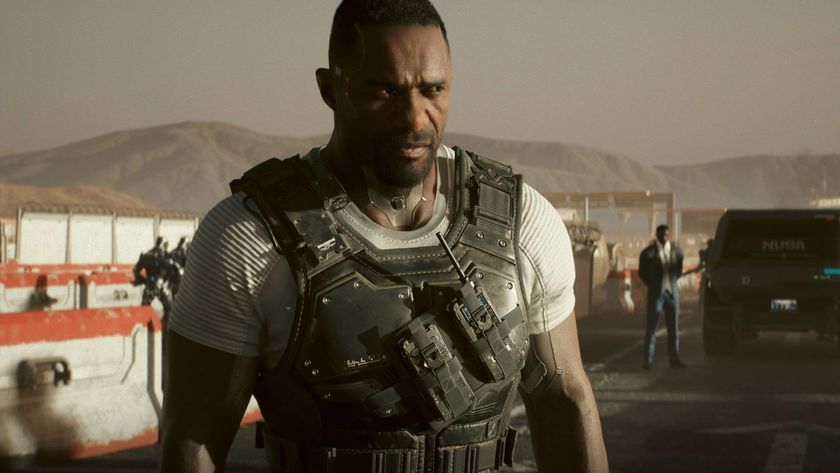
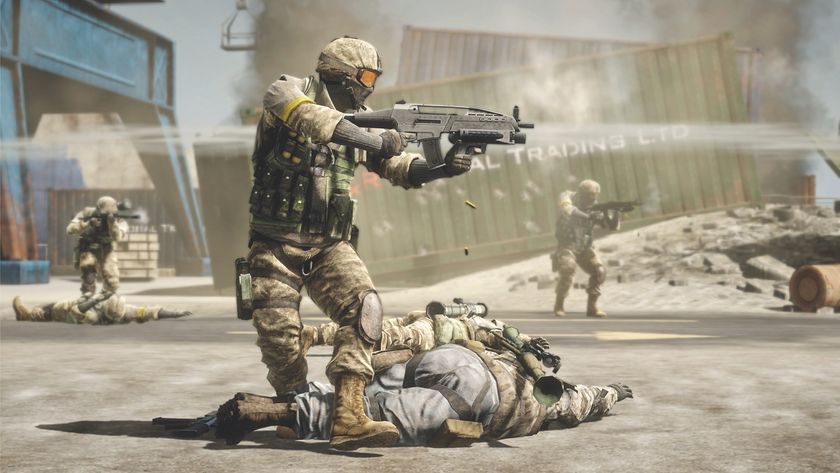
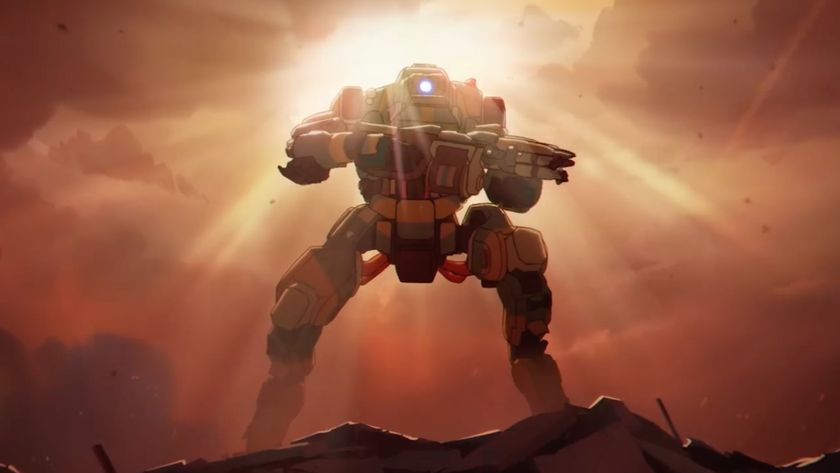

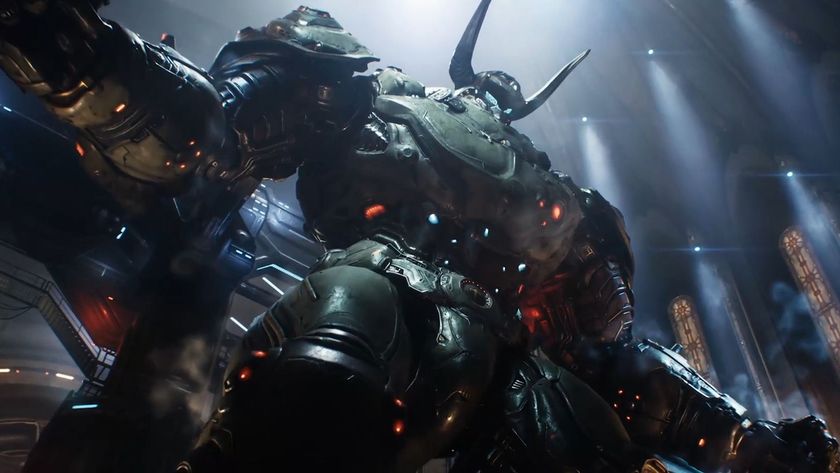

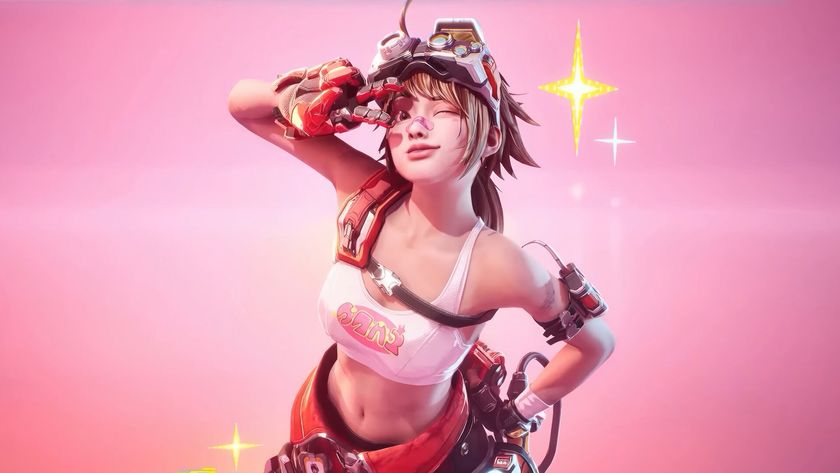
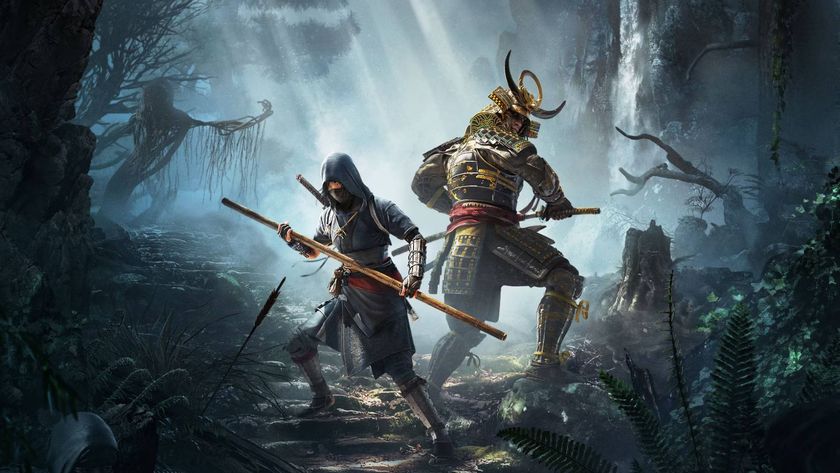
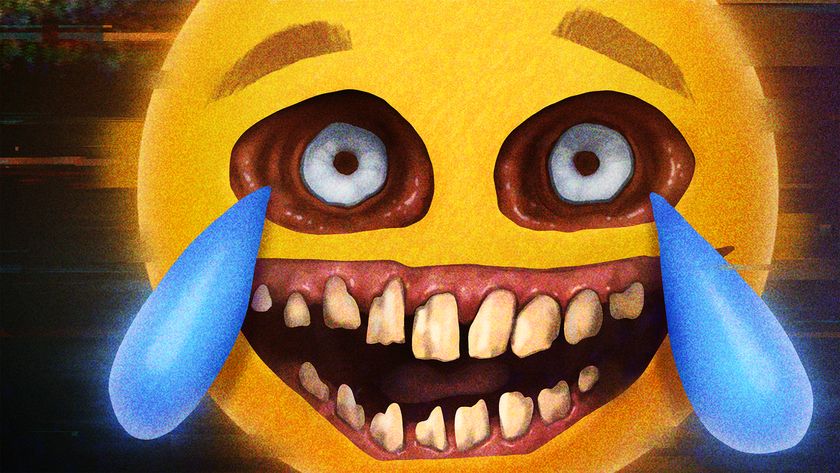
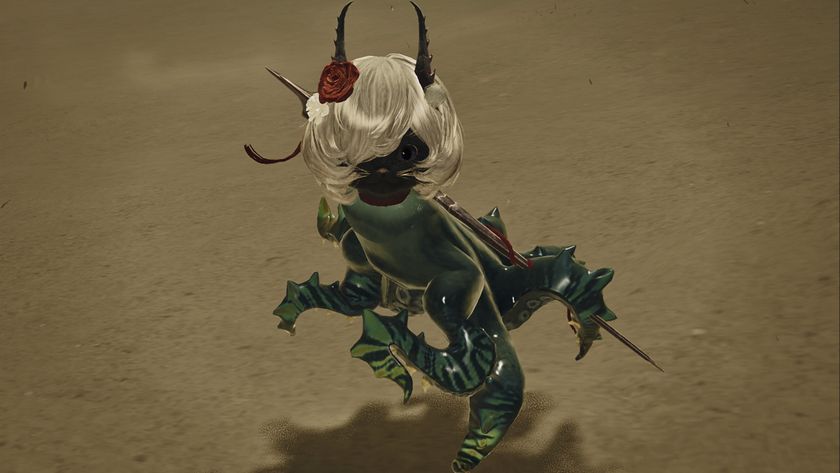

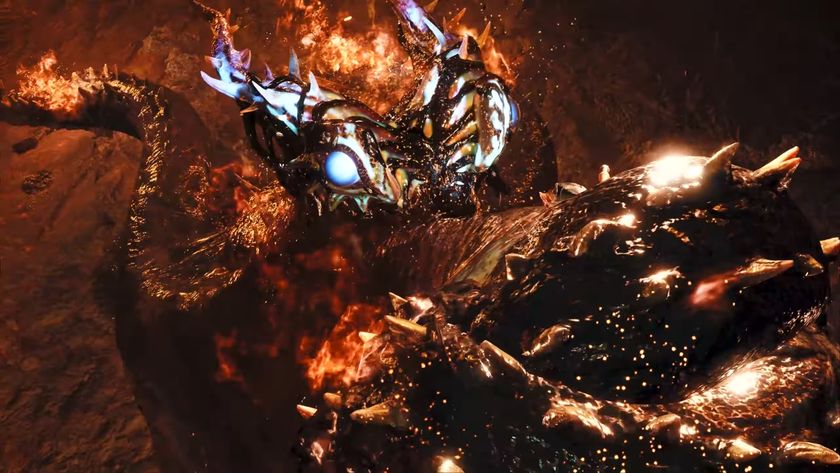


Battlefield dev reveals more of his Bad Company 3 script and confirms the plot would revolve around the squad getting kicked out of the military and brought back for a final suicide mission

Yet another Respawn shooter has reportedly been canceled, following the studio's Star Wars FPS and rumored Titanfall Legends game to the grave

